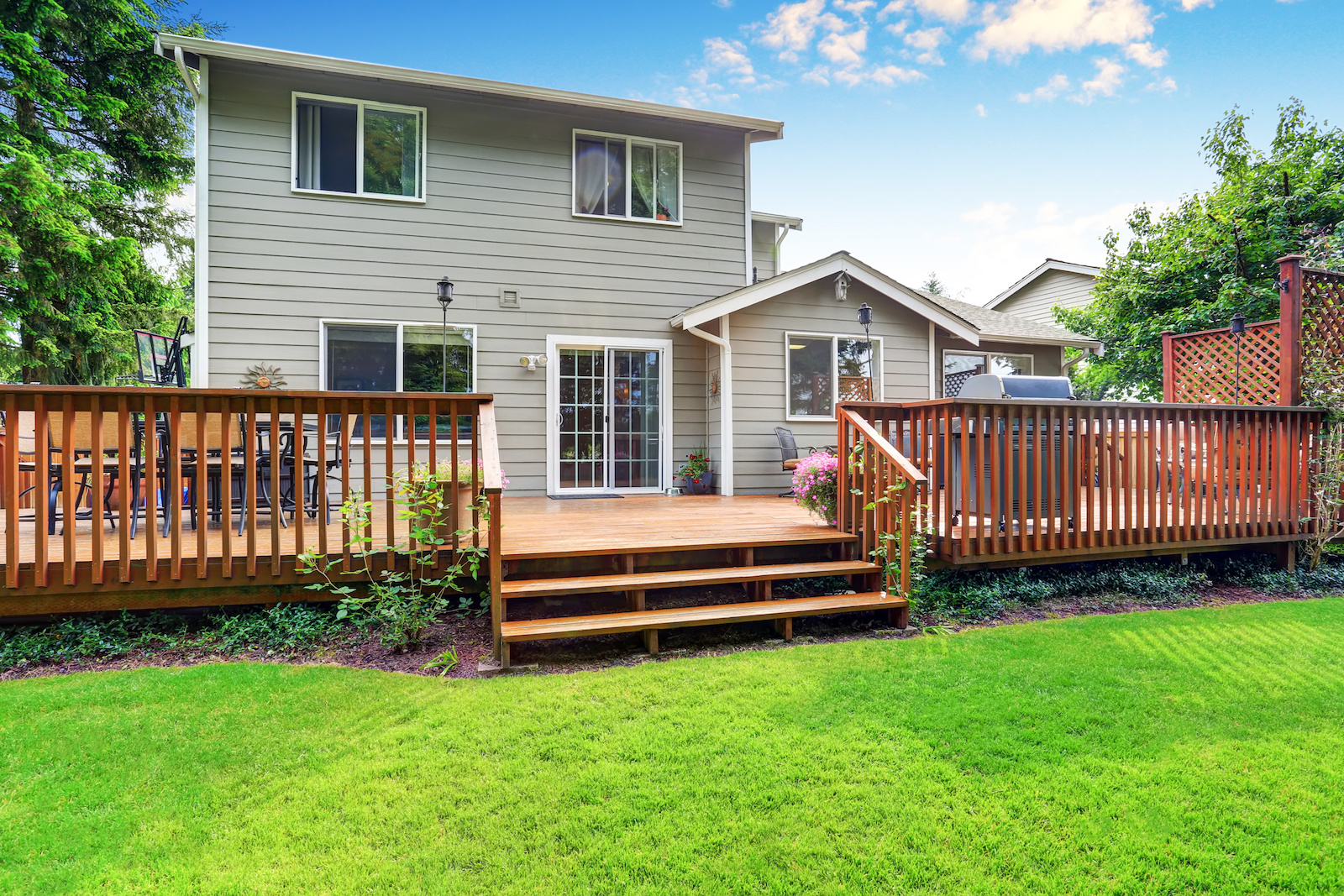Safety Checks For Your Deck

A deck is one of the additions to your home that will boost your home’s appeal and add functionality. However, since it is also located outside your home, it receives a constant beating from the external environment. Constant Northern VA weather, which includes rain, snow, and heat of the sun, plus foot traffic, may contribute to its premature wear and tear; and put your family at risk of accidents caused by its early damage.
Deck Safety Checklist
According to the Consumer Product Safety Commission’s National Electronic Injury Surveillance System, about 33,000 individuals were injured due to structural failure or a collapsed deck. The International Association of Certified Home Inspectors, on the other hand, published that about 60% of all decks in the United States are needing repair.
So, before you gather all your family and friends over for the barbecue night, here are the things that you need to include in your deck safety checklist:
- Rusted fasteners and connectors
The fasteners and connectors such as the nails, bolts, screws, and others are what keeps your deck together. However, these items are prone to corrosion, so make sure to include them when inspecting your deck.
- Insect damage
Modern decks are built with materials that are chemically treated to resist bugs and other insects’ infiltration. However, older decks built before the 1980s not chemically treated are susceptible to insect damage. If your deck was built during this time, have it checked by a professional immediately before it can cause an accident.
- Cracks
All materials will show signs of wear and tear after extended use; this doesn’t exclude your deck. If your deck has been around for a long time, keep an eye on cracks, especially around the fasteners and joists. Any growing cracks anywhere in these areas can lead to a more costly repair and poses a safety risk.
- Loose railings
Decks usually have railings to lean on and to protect the people gathering in the area. It is supposed to support about 200 pounds of lateral force, however, it is not a place you can sit on. During your routine deck inspection, try to push the railings, and if it sways, it might be loose and needs an inspector to examine it.
- Mold and mildew growth
Since decks are exposed to rain and other environmental factors, they are susceptible to molds and mildew growth, especially on the steps. When this happens, the areas where molds and mildew are growing will become slippery and accident-prone. Staining your deck will typically prevent any molds and mildew from growing. When you notice signs of molds and mildew growth on your deck, call a professional deck inspector right away.
The older the deck is, the more vulnerable it is to damage — this is a rule of thumb. So if your deck is already a decade old or more, call a professional deck inspection team for a thorough inspection and maintenance.








